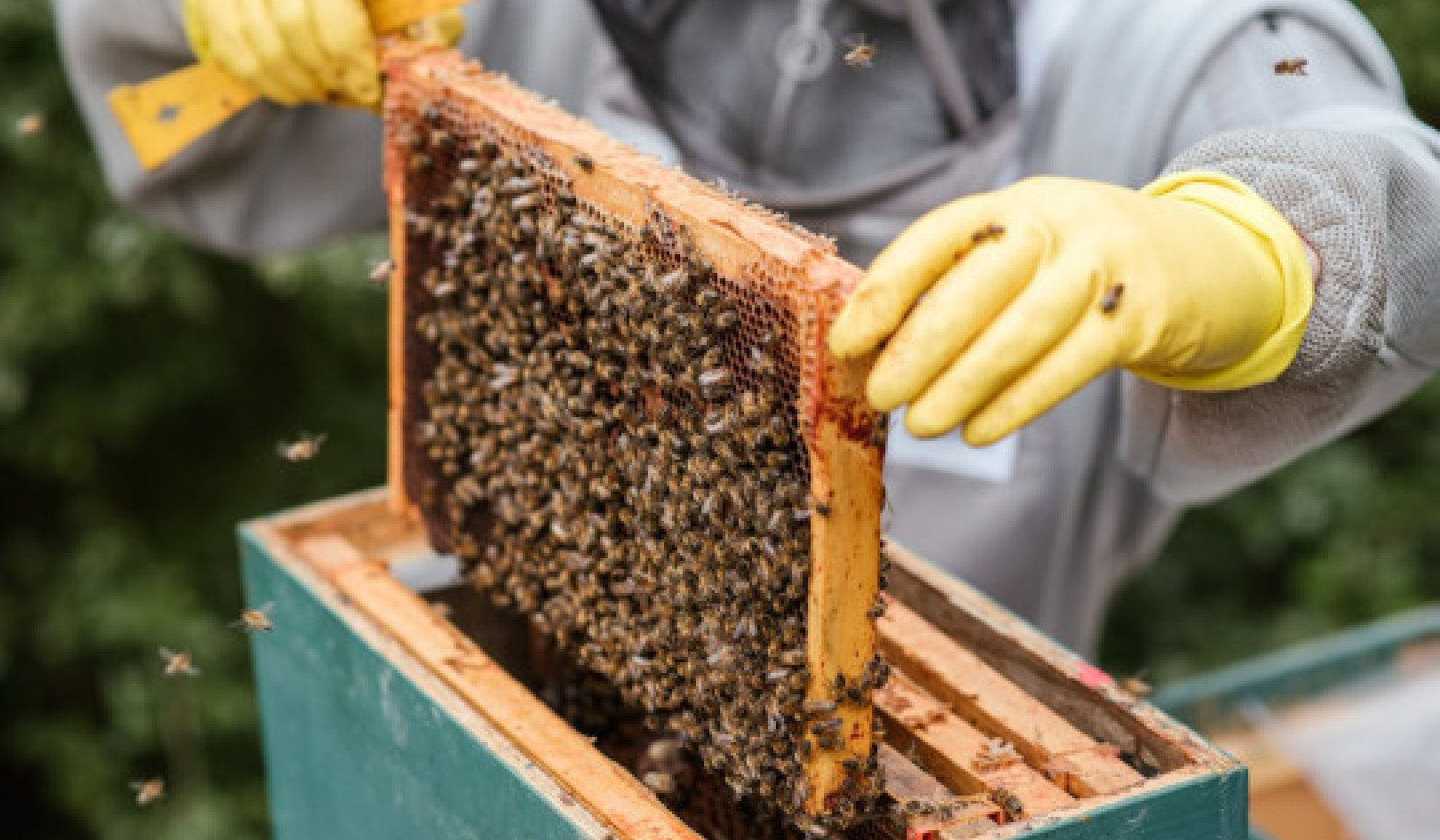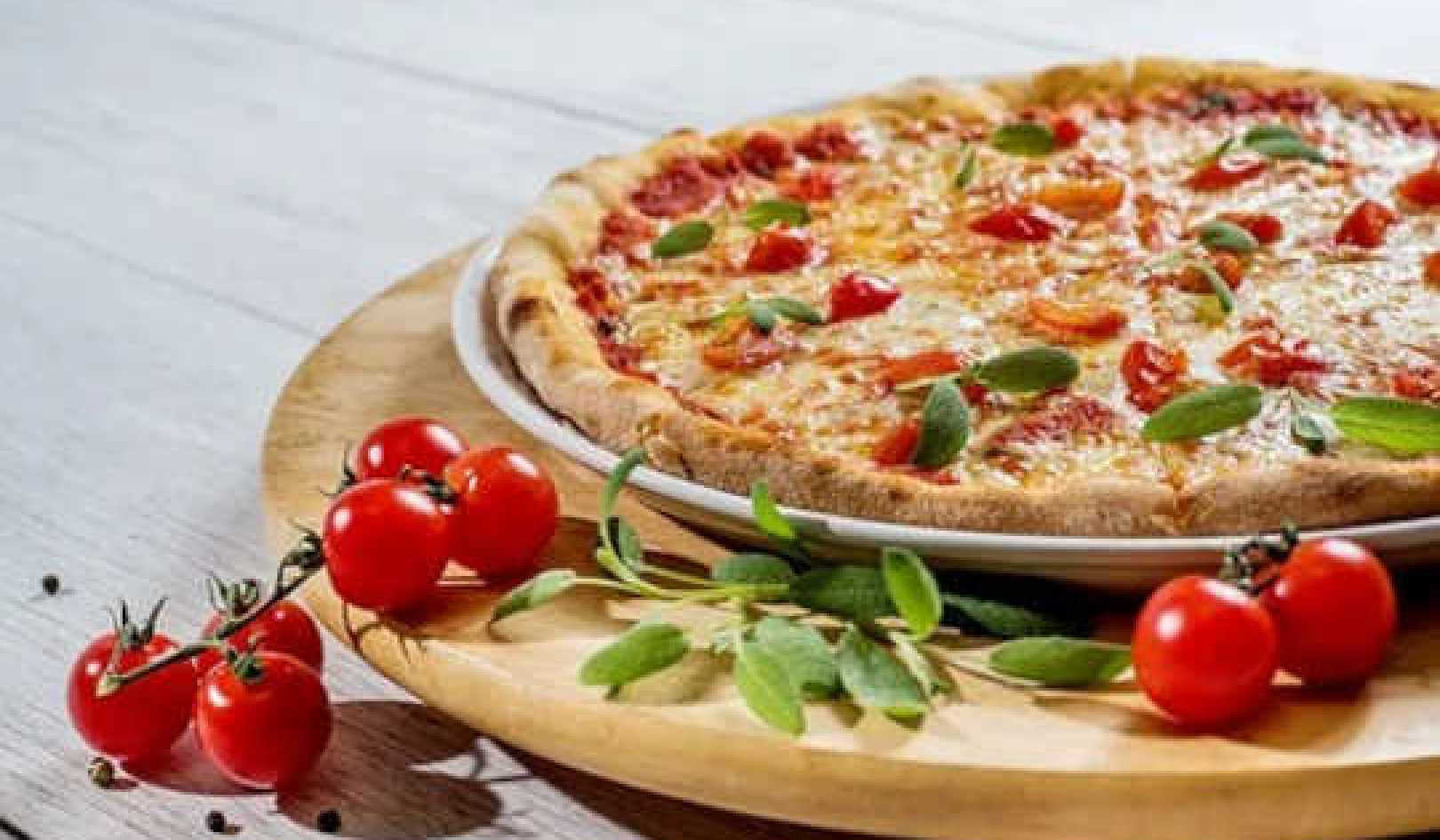High Blood Pressure Disorder
by Maureen Keane
High blood pressure, or hypertension, is a very difficult health disorder condition for a number of reasons.
-
It is very common, affecting an estimated 24 percent of all American adults, about 43 million people. Among older adults the percentage is even higher.
-
The affects of hypertension on tissues can be devastating. Not only does it accelerate atherosclerosis, but it is a leading cause of strokes, kidney disease, and congestive heart failure.
-
Worst of all, hypertension does all this damage silently. The victim feels no pain or discomfort. Typically, there are no symptoms at all. When a victim does finally experience difficulties, the disease has already severely damaged tissues and vessels.
Hypertension is not a disease but a disorder. Once it is established, it changes the structure of the arterioles -- the small muscular arteries. The smooth muscle cells in the arterial wall multiply and enlarge so that the walls become thicker and the opening becomes smaller. They also contract, further constricting the opening. Think of your arteries as a garden hose. When water comes out the end of the hose, it continues on for an inch or two and then drops straight to the ground. You can't water that bush at the other end of the garden with just a hose. For that you need to attach a nozzle -- a tube that is narrower than the hose. When the water goes through the constricted nozzle, it is under greater pressure. It shoots out the end, easily reaching your bush ten feet away. And the narrower you make your nozzle, the farther the water goes. Aim your nozzle at the ground and it will move dirt and rocks with ease. It can also rip away part of your lawn if you are not careful. When your arteries constrict, your blood behaves like the water going through the nozzle.
If the pressure in your arteries gets high enough, it too can rip things. In this case, endothelial cells. High blood pressure can peel the lining off artery walls and otherwise inflict trauma on these delicate cells. There is no clear-cut threshold of blood pressure above which damage occurs. The detrimental effects of hypertension increase continuously as pressure increases.
Dietary Recommendations for Hypertension
It is very clear that diet affects blood pressure. Vegetarians, for example, tend to have lower blood pressures than nonvegetarians. When a group of people move from an area that has a low incidence of high blood pressure to one that has a high incidence of high blood pressure, they gradually assume the blood pressure incidence of the adopted area as they adopt the new diet.
Just how effective are diets in controlling blood pressure? The American Heart Association Nutrition Committee estimates that a reduction in diastolic blood pressure of just two millimeters of mercury (mm Hg) could lower a person's stroke risk by as much as 15 percent and lower heart disease risk by 6 percent.
Hypertension and Salt
A higher intake of salt is related to higher blood pressure, and there is good evidence that certain people with hypertension can lower their blood pressure by lowing their salt intake. If you suffer from high blood pressure, ask your physician if you are salt sensitive.
Americans eat much more salt than they need, and since I strongly believe that too much of anything is never a good idea, I recommend that everyone consume salt in moderation. A high intake of sodium is associated with more health problems than just hypertension. For the general population, the American Heart Association recommends that the average daily consumption of salt not exceed six grams daily. The DASH (Dietary Approaches to Stop Hypertension) diet below contains 7.5 grams in comparison to the standard American diet, which averages 10 mg. This is not difficult to achieve on a whole foods diet such as the Red Yeast Rice Diet since most salt is invisible hidden inside of processed foods. When you avoid junk foods, you also avoid excess salt.
The sodium found in salt is not the only mineral implicated in hypertension. While Western diets contain too much sodium and chloride, they also contain too little of the other electrolyte minerals such as potassium, calcium, and magnesium. Several studies have shown that people who eat diets rich in potassium-containing foods tend to have lower blood pressure, while other studies have found this association in diets rich in calcium. Instead of blaming one mineral it might make more sense to consider hypertension a result of mineral imbalance.
CONTINUED IN PART
2:
The Dash Diet;
Hypertension, Stroke & Potassium;
Less Salt, Fewer Strokes
 This article was
excerpted with permission from the book, The
Red Yeast Rice Cholesterol Solution, by
Maureen Keane,
published by Adams Media Corp., Holbrook, MA.
http://adamsonline.com
This article was
excerpted with permission from the book, The
Red Yeast Rice Cholesterol Solution, by
Maureen Keane,
published by Adams Media Corp., Holbrook, MA.
http://adamsonline.com
Info/Order
book.
About the Author
Nutritionist, Maureen Keane, is the best-selling author of Juicing for Life, What to Eat if you Have Cancer, and a dozen other premier health titles. A former student and instructor at Bastyr University, she is a licensed nutritionist and a respected member of the Society of Nutrition Education.




























